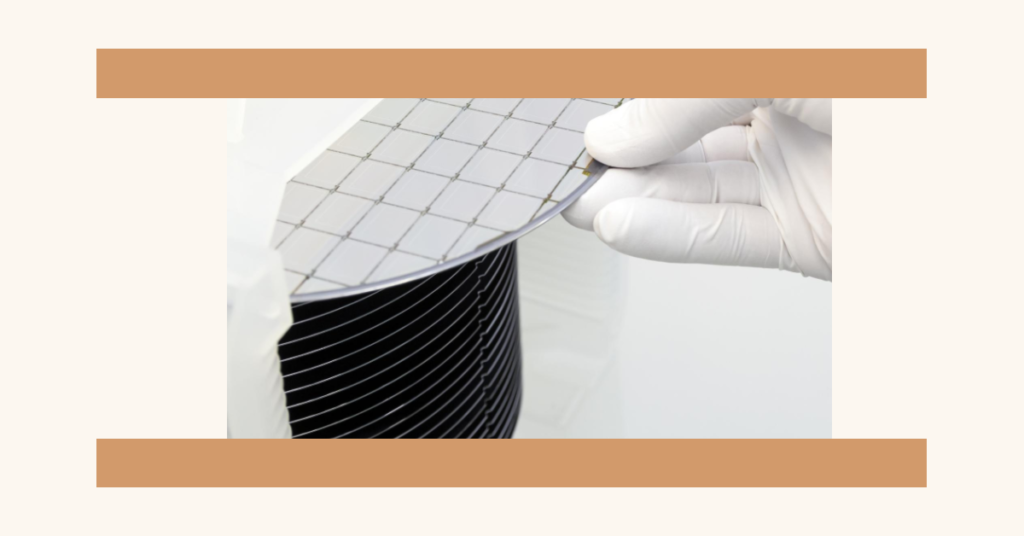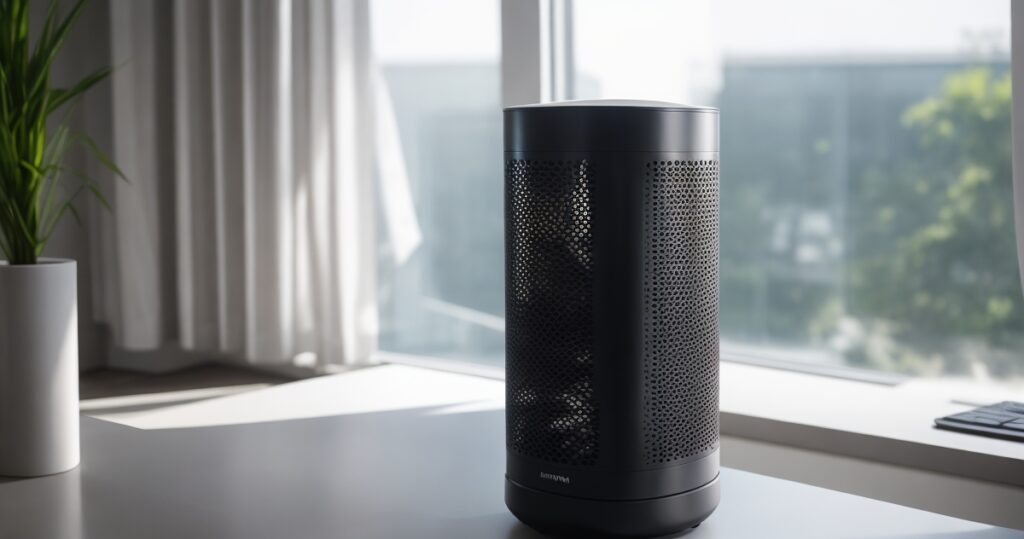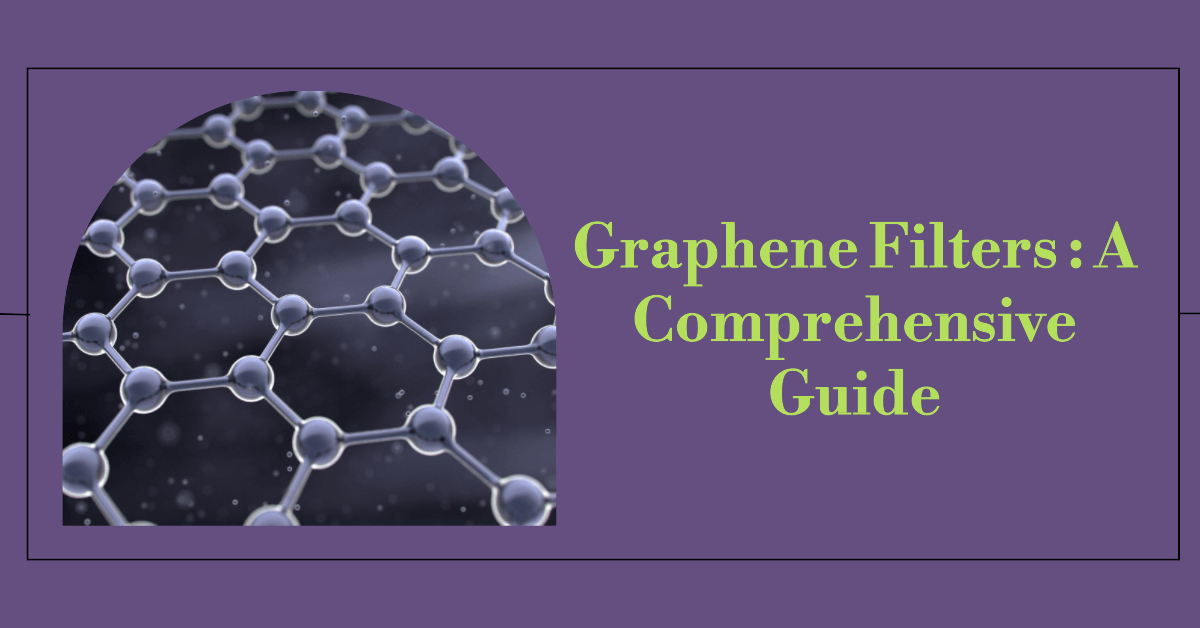Graphene filters are quite new breakthrough solution which uses graphene to purify the air. They harness the capabilities of. Air pollution is day by day a growing concern worldwide. It affects us by multiple ways like our health, environment, and quality of life. Graphene filters offer a new way to clean air and even enhance air quality.
Graphene filters potential is their composition, primarily consisting of a single layer of carbon atoms arranged in a two-dimensional lattice. This atomic structure enables graphene filters to exhibit remarkable selectivity, allowing them to separate and capture specific substances, molecules or particles from a given medium, be it water, air, or other fluids. The exceptional mechanical strength, chemical stability and high surface area of graphene empower these filters to excel in their role as efficient and reliable filtration tools.

What is Graphene?
Graphene is a single layer of carbon atoms which are arranged in a hexagonal lattice. It is incredibly strong(200 tunes stronger than steel) and thin. Graphenes is now being highly used in air and water filteration.
How Do Graphene Filters Work in Air Purifiers?
Graphene filters in air purifiers use the graphenes unique properties to remove pollutants from the air. Lets see how they work:
Ultrathin Structure
Graphene filters are extremely thin which allows them to have very small pores. These pores can trap even the tiniest particles, such as dust, pollen, and smoke. Traditional filters often let these small particles pass through, but graphene filters do not. Thats what make them good at air filteration.
High Surface Area
Graphene has a high surface area meaning that more pollutants can be trapped in a smaller space. A single gram of graphene can cover an entire football ground area. This high surface area makes graphene filters very efficient at capturing pollutants.
Electrostatic Attraction
The electrical properties of graphene come into play as it can generate electrostatic forces. This property allows graphene filters to attract and capture charged particles and contaminants, enhancing their efficiency.
Chemical Reactivity or Adsorption
Graphene is chemically reactive which allows it to interact with various harmful gases and volatile organic compounds (VOCs). It can neutralize these substances, making the air safer to breathe.

Applications of Graphene Filters
- Air Purification: They remove pollutants from the air.
- Water Filtration: They clean water by removing contaminants.
- Medical Uses: They can filter bacteria and viruses in medical devices.

C. Key Advantages of Using Graphene in Filters
Graphene filters offer multiple benefits. They are more effective than traditional filters. They also have a longer lifespan.
- High Efficiency: Graphene filters can remove up to 99.9% of airborne particles. They can capture particles as small as a few nanometers, ensuring that even the tiniest contaminants are removed from the medium, leading to cleaner air and water.
- Long-lasting Performance: Graphene filters are more durable. They last longer and maintain their efficiency over time. This means fewer replacements and lower maintenance costs.
- Environmentally Friendly: They produce less waste because they last longer. Also they have fewer carbon footprint than other filters
- Cost-Effectiveness: While the initial cost of graphene filters may be an investment, their extended lifespan and reduced maintenance requirements can result in long-term cost-effectiveness. With fewer filter replacements and a minimal need for upkeep, users can enjoy the benefits of cleaner air without breaking the bank.
Types of Graphene Filters
Graphene filters are versatile and find applications in a variety of filtration processes.
A. Air Filtration with Graphene-Based Materials
When it comes to air purification, graphene-based materials are taking filtration to a whole new level. Graphene filters designed for air purification are exceptionally efficient at capturing particulate matter, allergens and pollutants, even at the nanoscale. These filters are used in air purifiers, HVAC systems, ensuring that the air we breathe is cleaner and healthier.
B. Water Purification Using Graphene Filters
Water is a precious resource, and ensuring its purity is of utmost importance. Graphene filters play a crucial role in water purification, effectively removing contaminants such as heavy metals, organic pollutants, and microbes. These filters are employed in various settings, including water treatment plants, household water purifiers, and portable filtration devices, providing access to safe and clean drinking water for individuals and communities alike.
C. Applications in Gas and Liquid Separation
Graphene filters are not limited to air and water purification; they also excel in gas and liquid separation processes. These filters are used in industries that require the selective separation of gases and liquids, ensuring product purity and quality. From chemical manufacturing to gas storage, graphene filters enhance efficiency and reduce costs in a wide range of industrial applications.
How Graphene Filters Improve Air Quality
Graphene filters can help reduce air pollution. They remove harmful particles from the air.
Removing Pollutants
- Dust: Graphene filters trap dust particles.
- Pollen: They remove pollen, which helps allergy sufferers.
- Smoke: They filter out smoke particles.
- Chemicals: They can remove harmful chemicals from the air.
Benefits for Health
- Better Breathing: Cleaner air improves respiratory health.
- Allergy Relief: Removing pollen and dust reduces allergy symptoms.
- Reduced Illness: Filtering out bacteria and viruses lowers the risk of illness.
Conclusion
Graphene filters are good at filtration for air and water. Their high efficiency, durability, and environmental benefits make them superior to traditional filters. But challenges like cost and production need to be addressed. As research continues, graphene filters will become more accessible.
FAQ on Graphene filters
What is a graphene filter?
A graphene filter is a filtration system utilizes graphene, a single layer of carbon atoms arranged in a two dimensional lattice structure, as the primary filtering material. It is designed to separate and capture various substances, particles, or molecules from a fluid or gas, such as air or water.
Can graphene be used as a filter?
Yes, graphene can be used as a filter due to its unique set of properties. It is an excellent candidate for filtering applications because it is a 1-atom-thick, impermeable material with exceptional mechanical strength and chemical stability.
Is graphene toxic to the lungs?
There is ongoing research to determine the potential health effects of inhaling graphene particles, as safety concerns exist when using graphene-based materials. It is important to handle and use graphene materials with care and follow safety guidelines to minimize risks. Researchers are studying the long-term effects of graphene exposure on lung health to provide more definitive answers.
Why is graphene a good filter?
Graphene is an good filter for several reasons: a. High permeability: Graphene has atomic-scale thickness, allowing it to selectively filter small molecules while permitting the passage of others. b. High surface area: Its large surface area enables efficient adsorption and filtration of contaminants. c. Chemical inertness: Graphene is resistant to many chemicals and can be used to filter a wide range of substances. d. Mechanical strength: It is robust and can withstand the pressure of filtration processes.
Why don’t we use graphene?
While graphene has tremendous potential for filtration and other applications, there are several challenges hindering its widespread use: a. Cost: Producing high-quality graphene can be expensive. b. Scalability: Mass production of graphene with consistent quality remains a challenge. c. Environmental concerns: The environmental impact of graphene production and disposal needs further study. d. Regulatory approval: Graphene-based filters may require regulatory approval for safety and efficacy.
Can graphene filter water?
Yes, graphene can be used to filter water. Its unique properties, including its ability to repel water while allowing smaller molecules to pass through, make it a promising material for water purification and desalination processes.
DheerajSonwane is a dedicated writer with expertise in air purification technologies. He focuses on providing well-researched content to help readers improve indoor air quality in homes and businesses. As the lead writer at AirPurifierMaster.com, Dheeraj offers practical advice his insightful reviews guide individuals in choosing the best air purifiers for their needs.

